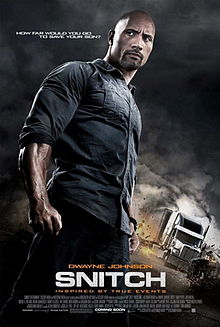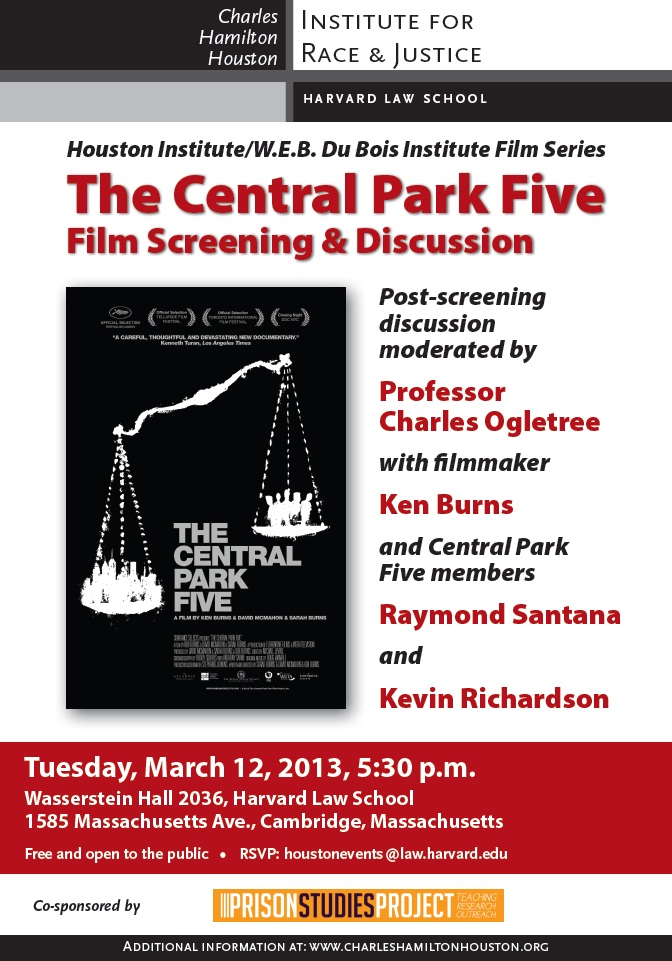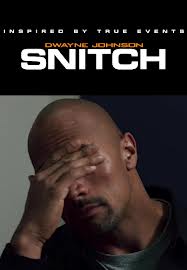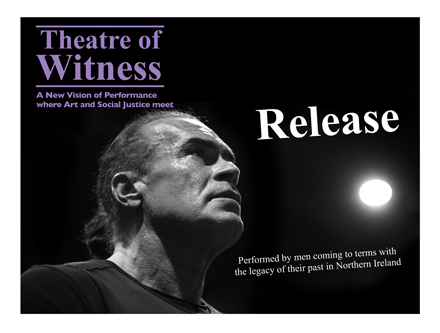A new movie hits theatres around the country on February 22nd and it looks guaranteed to be another knockout in the collection of eye opening stories about the results of the so-called “drug war” and incarceration. But there’s a twist to this one.

Here’s the sexy action-flick poster which shows Dwayne Johnson. He stars as John Matthews, a man hit hard when his teenage son is wrongfully ensnared in a drug bust and threatened with a terrifying 10-30 years in federal prison (Oh,by the way that’s standard under the US government’s crazy minimum drug sentencing laws.) For Matthews who wants to help his son, the only option is to “snitch.” In this case that means becoming an informant. But across the country this “helpfulness” can take the shape of different Catch-22s but the new reality is that informants have become a part of prosecutorial strategy.
In Snitch, A deal is eventually made; a politically ambitious federal prosecutor played by the always amazing Susan Sarandon gets the deal. Things turn ugly when Matthew become an undercover informant and infiltrates a drug cartel, risking his family and his life.
Some of the facts about informants and mandatory minimums might surprise you. On this website, developed to get people involved with the issues, you’ll discover:
►”45% of people on death row are there because of a lying informant.”
Molly Gill, from Families Against Mandatory Minimums (FAMM) writes a very convincing editorial about the wrongfully convicted, and here she says:
►”In 2010 alone, nearly one out of five federal offenders facing a mandatory sentence escaped it because they informed on others.”
►The problem isn’t snitching, per se, it’s mandatory minimums which encourage desperate deals. We need to get rid of them once and for all.
►”Mandatory minimum sentences require so much time in prison—five, ten, 15, 20 years…—that they can easily scare defendants into saying anything, true or not, to catch a break. Desperate defendants can finger the innocent or lie under oath, leading to wrongful convictions.”
►”Mandatory minimums bar judges from fitting the punishment to the unique facts and circumstances of each case,” although they do not keep us safer or reduce crime….They have succeeded in giving the U.S.. the world’s largest prison population, at an annual cost of more than $70 billion.”
►Only prosecutors can ask the court to sentence the “snitch” below the mandatory minimum prison sentence required for the crime. This gives prosecutors “enormous—and un-reviewable—power at sentencing.”
You can visit the official movie website and watch the trailer and you can tweet about it there with others. But some of the real life stories about snitching are killers. Take for example Timothy Tyler.
Gill tells us that Tyler was a lifelong Grateful Dead fan, an LSD user and a diehard Deadhead. He sold small amounts of LSD to friends and eventually was convicted of two state charges for LSD sales, which resulted in sentences of probation. One of his friends, unbeknownst to Tyler, began working with law officers to set up drug buys in exchange for the promise of a reduced sentence. He asked Tyler to mail his LSD which he did, five times.
Tyler was arrested and pled guilty to drug distribution. At age 24, he was sentenced to life in prison without parole because his two prior drug convictions (for which he did not serve prison time) triggered the federal three-strikes law.
Did he deserve time? Perhaps. But he certainly needed treatment. And he certainly didn’t deserve, at age 24, to be given up on so totally by a society that spends billions of dollars to incarcerate drug offenders instead of treat them.





